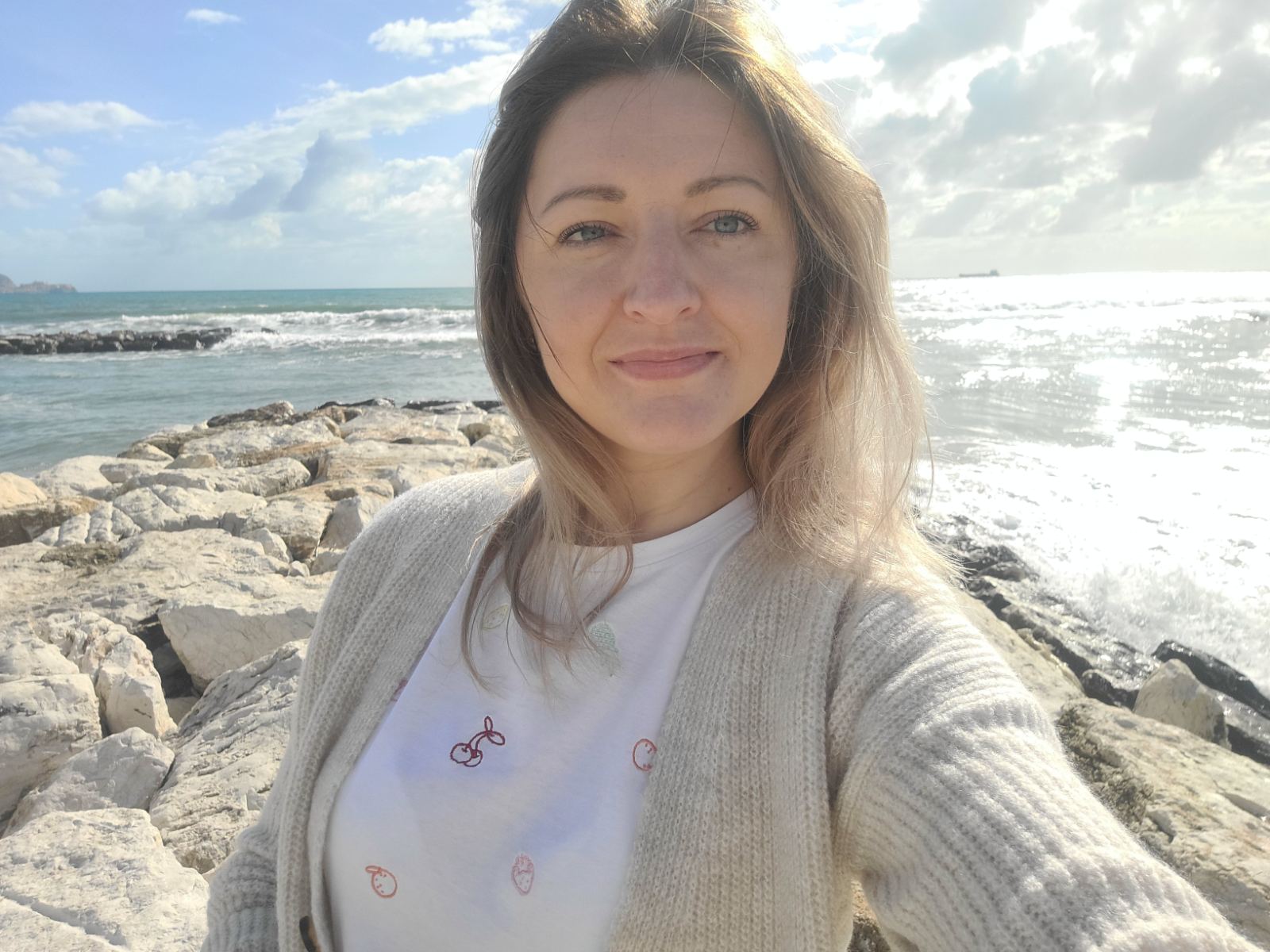Music doesn’t sell itself—even the best tracks can get lost in the noise, with millions released daily.
How do you turn your passion into a brand that reaches millions of ears?
The secret is simple: music marketing. You don’t even need a massive budget or a record label. With so many artists vying for attention, the right music marketing strategies and tools can help you achieve your wildest dreams.
Read further, and you’ll learn about the most efficient music marketing ideas for 2024 and the year ahead. From creating a standout personal brand to using streaming platforms, social media, and even traditional PR, you’ll maximize every opportunity.
Ready for it?
How Organic Music Marketing Helps You Build a Loyal Fanbase
In a world dominated by Spotify, Apple Music, and YouTube, every music artist—regardless of genre and popularity—has a chance to be discovered. But relying on them alone isn’t enough.
The more visible and authentic you are, the more likely listeners are to learn who you are.
Fans don’t just want music; they want stories and experiences. Your goal is to produce organic content that keeps them connected to you on a personal level. It can be anything from how you write songs using AI, behind-the-scenes events, or early sneak peeks at upcoming tracks. Whatever keeps the conversation going builds a community around you and your passion.
Beyond content creation, more marketing tools are worth mentioning. Traditional practices like press releases or radio airplay will still amplify your reach, especially when combined with a strong online presence.
Wanna find out more? Let’s go through each strategy:
9 Strategies to Start with Online Music Marketing
1. Establish a Brand Around Yourself or Your Band
You can be talented and unique, but is your identity as an artist just as recognizable?
A strong brand tells that story consistently across everything you do—your music, visuals, stage presence, and even your social media. It’s what makes you instantly recognizable and unforgettable.
Your first step will be to create a clear narrative about who you are and why you play music.
Ask yourself:
Think of iconic examples: Marshmello’s mask is instantly recognizable, Lady Gaga’s bold visuals reflect her message of self-liberation, and Slipknot’s chaotic energy oozes from their masks to their stage performances.
Be authentic. The artists we love feel natural because they reflect their own values, personality, and creative vision. Define what makes you unique, then share it at every touchpoint—your website, social posts, and each time you interact with fans.
Use your authenticity as a foundation for everything—your visuals, merch, and tone of voice. When your brand aligns with your values, it feels real to you and your fans.
2. Create a Website
Some may assume a website seems like a waste of resources. In reality, websites will always be a vital part of digital music marketing, and a reliable web design and development team can make all the difference in ensuring a smooth and engaging user experience.
A website is a hub for fans and any industry professionals to discover your biography and press updates to buying tickets, your tour concerts, or your merchandise.You can also integrate your website with OMS systems to streamline shipping and merchandise sales, ensuring smooth order processing. Unlike social media, you can shape it however you want.
And don’t worry if you’re not a tech wizard. Squarespace or WordPress will help you build a professional, personalized site that is quick and simple.
Beyond storytelling, a well-designed website gives you valuable insights. With an SEO tracker, you can understand which albums or songs get the most attention, which blog posts or interviews have high positions in search results, or how easily fans find your concert dates and merch. For even deeper insights and personalized strategies, working with an experienced SEO consulting company can help unlock further opportunities for growth. This data allows you to monitor how well your content performs across these platforms and ensure your audience can find you.
3. Cooperate with Influencers and Bloggers
The best way to grow your reach in 2025 is to work with influencers and bloggers when they feature your music in any possible format.
Align with influencers whose followers match your target demographic. Think niche fanbases, not just big numbers. Focus on finding influencers or bloggers who align with your genre and target audience. It might be a TikTok creator using your track in their content or an influencer showing your press pack in their Instagram stories. Such collaborations create a unique buzz algorithms alone can’t achieve. For a more streamlined approach, consider partnering with social media marketing agencies that specialize in influencer outreach.
How do you start collaborating with influencers? Reach out with a personalized pitch about your music and why it connects with their audience. When pitching, include a link to your tracks like a short, accessible sample, a brief bio, and what you’re proposing—whether it’s featuring your song, an interview, or a collaborative project. This mutual connection increases the likelihood of a partnership.
Lastly, understanding current digital marketing trends can help tailor your pitch to influencers effectively.
4. Leverage Streaming Platforms and Playlists
A spot on the right playlist can introduce your music to thousands of new listeners and increase your streams.
When streaming on platforms like Spotify or Apple Music, make sure your tracks are properly flagged. Be specific with genre tags—this is how your music will get discovered in algorithmic playlists. Beyond that, independent music curation and niche playlist makers like Resident Advisor can help you reach dedicated fanbases.
Avoid music marketing services based on a pay-for-play basis. They promise playlist placements but often lead to fake streams that hurt your credibility and even result in bans. Instead, focus on organic engagement. Encourage fans to save your tracks, add them to their playlists, and share them widely. The more interaction—the higher your chances are of being featured.Lastly, by utilizing attraction marketing techniques, you can connect authentically with your audience and build a community around your music.
5. Post and Network on Social Media
Social media platforms like Instagram, TikTok, and YouTube open doors into your world as an artist behind your music. This is where you can share your behind-the-scenes, celebrate milestones, and encourage fan interactions like reposts or comments.
Focus on building your audience through consistent, meaningful content. Viral potential is great, but make sure that authenticity is your focus. Post regularly and respond to comments to show your followers they’re valued. Experiment with trends and visuals that reflect your music’s vibe. Then use the platform’s analytics to understand what content works better for each audience on each specific platform. Utilize social media reporting to track the performance of your posts and understand audience engagement levels.
6. Keep on with Traditional Marketing
Do not underestimate the power of PR and media exposure. A thoughtful feature in a niche magazine or a few spins on the radio can spark interest among listeners who may never find you online.
Put together a clear and professional press release and target outlets that align with your genre. Directories like The Unsigned Guide can help you find the right people in media and radio. If you need a more comprehensive approach, consider working with a PR agency. They handle everything from blog submissions to radio plugging, ensuring your music reaches the right ears.
Don’t forget to repurpose these wins. Sharing a radio spin or reposting a press release will drive more engagement and solidify your credibility as an artist.
7. Create an Electronic Press Kit
An Electronic Press Kit (EPK) is your professional resume for the music industry. Compact, shareable, and informative, an EPK ensures press outlets, event organizers, and industry professionals get the key details they need to work with you.
Your EPK should include essentials: a short bio, your songs, photos, upcoming gigs, and contact details. You can also add press clippings or technical information if it adds up to your story. Unlike a website, an EPK is streamlined for quick sharing, making it perfect for email pitches or press submissions.
An EPK will help you open doors to many opportunities. You can reach many people from your industry and give them as much info as they need to learn about you in 2-3 minutes. It’s enough for them to make life-changing decisions for your career.
8. Build Local Connections
Your local scene is often the first—and most loyal—community that shows up, shares your music, and cheers you on. Participating in local events like charity gigs or festivals is a great way to earn support and grow a fanbase.
Beyond just performing, you can support local initiatives and work with local businesses as an artist. Fans who see you actively contributing to their community are more likely to share your music, attend future shows, and follow your journey online.
9. Play Live (in Person)

A live performance connects you with fans in ways no online platform can replicate. But also, it’s a chance to see how big and engaging your audience is.
But just playing live at random events will not work. It must be strategic. Would you prefer an intimate setting or a grand stage to deliver a show-stopping performance? Which artists do you need to collaborate with? Perhaps you have a chance to open for established artists? Always think about how each opportunity can add up to your brand.
Performances should be promoted as early and as often as possible. Make noise in your social media outlets. Use your EPK to reach media outlets, share details on social platforms, and get a couple of interviews. A strong live presence will help you gather an audience for live performances.
And That’s the Power of a Cohesive Strategy!
With so many tools—social media, email campaigns, streaming playlists, and ads—your challenge is to make them work under a unified music marketing strategy.
When done right, these channels can amplify your reach, and help you connect with listeners, industry professionals, and influencers. That’s when you may rely on word-of-mouth as more people start recognizing you and your songs.
Just make sure this journey stays consistent. Good luck!
P.S. Keep scrolling through our music marketing blog and learn more about top industry hacks!

Natalia Piskorovska is a Senior Outreach Specialist at SE Ranking, passionate about content creation and promotion. She builds meaningful connections and ensures impactful strategies reach the right audience. Yoga is her passion, but she also loves relaxing with music and enjoying the simple moments in life.




